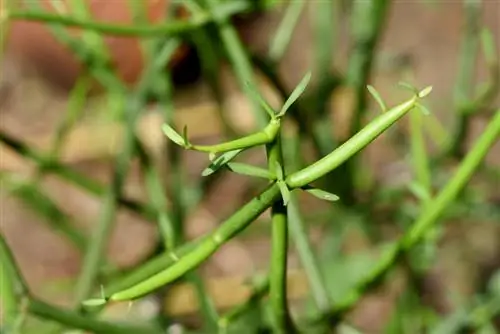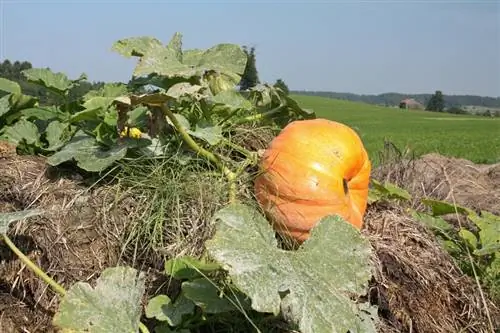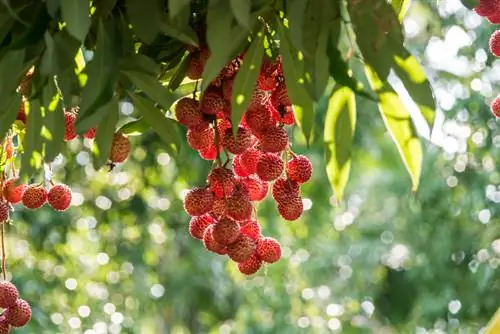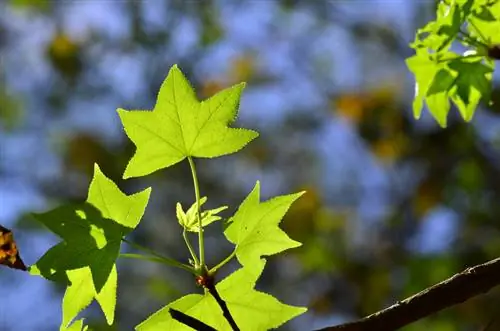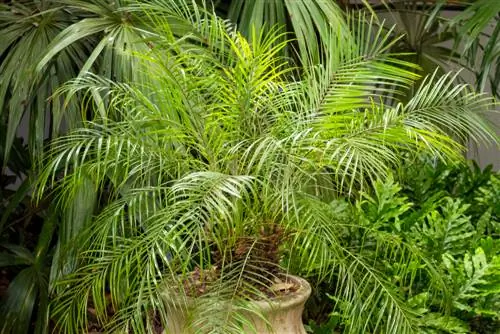- Author admin [email protected].
- Public 2023-12-16 16:46.
- Last modified 2025-01-23 11:21.
The plant genus Euphorbia is also commonly referred to in German-speaking countries as the genus of the so-called spurge family. The over 2,000 known species of this genus have in common a latex-like and usually quite poisonous plant sap, otherwise the various spurge plants present themselves in an almost unmanageable diversity.
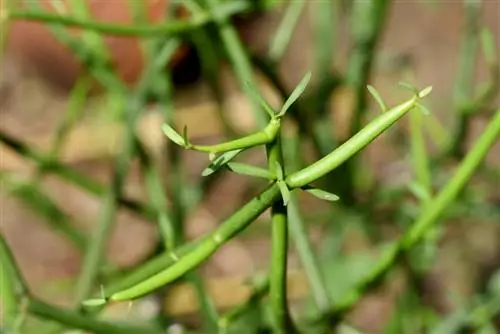
How do you properly care for a euphorbia?
Euphorbia care includes sparing watering without waterlogging, occasional repotting with cactus soil, rare pruning, pest control when infested, fertilizing with cactus fertilizer in summer and overwintering at 10-15 degrees Celsius for non-frost-hardy species.
What should you consider when watering a Euphorbia?
Basically, it is very difficult to make statements about the care of the genus as a whole, since there are spurge plants with adaptations to a wide variety of site conditions. However, a large proportion of euphorbias grow succulently and therefore only require occasional and very sparing watering. The triangular spurge, which looks like a cactus, should also be treated like a cactus when it comes to moisture and should only be watered very sparingly. Except for the swamp spurge, all other species of spurge have an aversion to waterlogging in the root area. Poinsettias do not tolerate being sprayed with water along with their leaves very well. They should be watered thoroughly throughout the entire root ball.
How does a Euphorbia cope with repotting?
Basically, euphorbias are rather insensitive when repotting, but special cactus soil should also be used for the succulent species. Be careful and protect yourself from injuries caused by sometimes very sharp thorns with suitable gloves. In addition, repotting and cutting are not always safe, as you can come into contact with the toxic milky sap.
Should the subspecies of the genus Euphorbia be cut?
Pruning is only extremely rarely necessary for the he althy growth of euphorbias. However, the following spurge plants are particularly suitable for propagation through cuttings:
- Euphorbia tirucalli
- Euphorbia pulcherrima
- Euphorbia ingens
Which pests and diseases can be dangerous to euphorbias?
Euphorbias are avoided like the plague by snails. Whiteflies and aphids can occasionally become a problem in the spurge family and can be controlled using commercially available products.
What should you consider when fertilizing spurge plants?
Species of spurge such as Balkan spurge or shadow spurge can be well supplied in the garden with seasoned compost mixed with some bark mulch. On the other hand, euphorbias cultivated as houseplants (which are usually also succulents) are supplied with cactus fertilizer (€6.00 on Amazon) for around 14 days. However, this only applies to the summer growth phase, as fertilization should be reduced completely during the winter months.
How can the different Euphorbia species be overwintered?
Many subspecies of the Euphorbia genus are cultivated as houseplants, not least because they are only very frost hardy or not at all frost hardy. These euphorbias can be left outdoors as potted plants throughout the summer, but they should be moved to a bright place in the house that is at least 10 to 15 degrees Celsius warm before winter. Nevertheless, there are also species among the spurge family that can survive the winter outdoors in this country with a certain degree of protection from the cold.
Tip
With the variety of shapes and special features, always pay close attention to the individual needs of your Euphorbia. This is the only way you can specifically exploit the potential of the respective plant and enjoy he althy growth.

